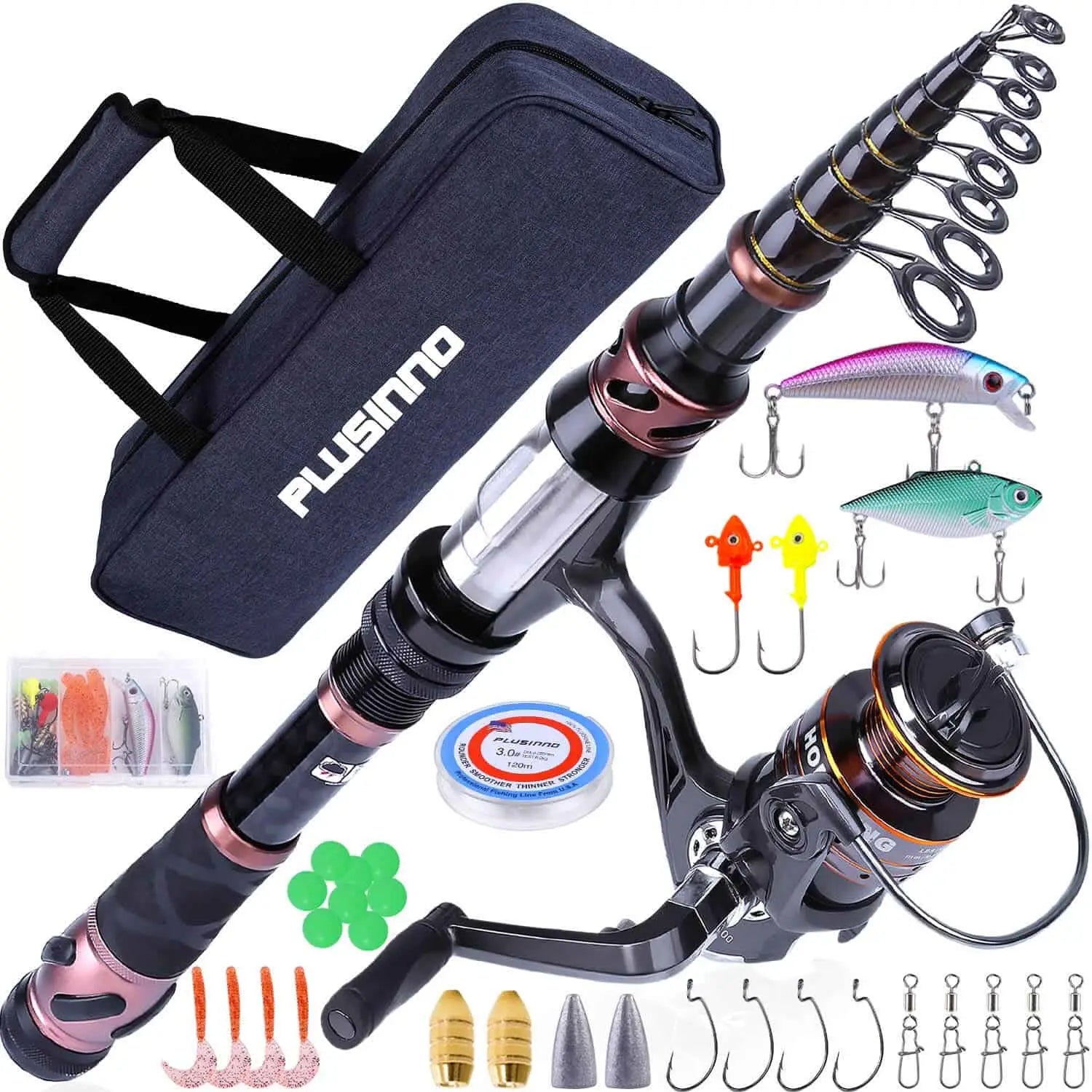When it comes to fishing, having the right equipment is crucial for a successful and enjoyable experience. One of the most important pieces of equipment is the fishing reel. Fishing reels come in various types, each with its own unique benefits and advantages. In this article, we will explore the different types of fishing reels and delve into their benefits.

Spinning Reels
Spinning reels are one of the most popular types of fishing reels, and for good reason. They are versatile, easy to use, and suitable for both beginners and experienced anglers. The spinning reel is mounted below the fishing rod, and the line is spooled onto a fixed spool. This design allows for easy casting and reeling in of the line.
One of the main benefits of spinning reels is their versatility. They can be used for a wide range of fishing techniques, including freshwater and saltwater fishing. Whether you're casting lures or using live bait, a spinning reel can handle it all. Additionally, spinning reels are known for their smooth drag systems, which allow for easy control of the line when fighting a fish.
Baitcasting Reels
Baitcasting reels are often favored by experienced anglers who are looking for precision and control. These reels are mounted on top of the fishing rod and feature a revolving spool. Baitcasting reels require a bit more skill to use compared to spinning reels, but once mastered, they offer unparalleled accuracy and casting distance.
One of the key benefits of baitcasting reels is their ability to handle heavier lines and lures. This makes them ideal for targeting larger fish species, such as bass or pike. Baitcasting reels also provide excellent control over the line, allowing anglers to make precise casts and control the movement of their bait or lure.
Fly Reels
Fly fishing is a unique and specialized fishing technique that requires a specific type of reel known as a fly reel. Fly reels are designed to hold the fly line and provide drag when needed. Unlike spinning and baitcasting reels, fly reels do not have a spool that rotates during casting or retrieval.
The main benefit of fly reels is their ability to handle lightweight fly lines and provide precise control over the line. Fly fishing relies on the weight of the fly line to cast the fly, and the fly reel plays a crucial role in managing the line during casting and retrieving. Fly reels also have adjustable drag systems, allowing anglers to control the resistance when fighting a fish.
Trolling Reels
Trolling reels are specifically designed for trolling, a fishing technique that involves dragging lures or bait behind a moving boat. These reels are typically larger and more robust than other types of fishing reels, as they need to withstand the pressure and strain of trolling.
The benefits of trolling reels lie in their strength and durability. They are built to handle heavy lines and large fish, making them suitable for offshore fishing or targeting species like tuna or marlin. Trolling reels also feature powerful drag systems, allowing anglers to easily control the line when battling strong fish.
In conclusion, exploring the different types of fishing reels and their benefits is essential for any angler. Whether you prefer the versatility of a spinning reel, the precision of a baitcasting reel, the finesse of a fly reel, or the strength of a trolling reel, there is a fishing reel out there to suit your needs. Remember to choose a reel that matches your fishing style and target species, and enjoy the thrill of reeling in your next catch!














